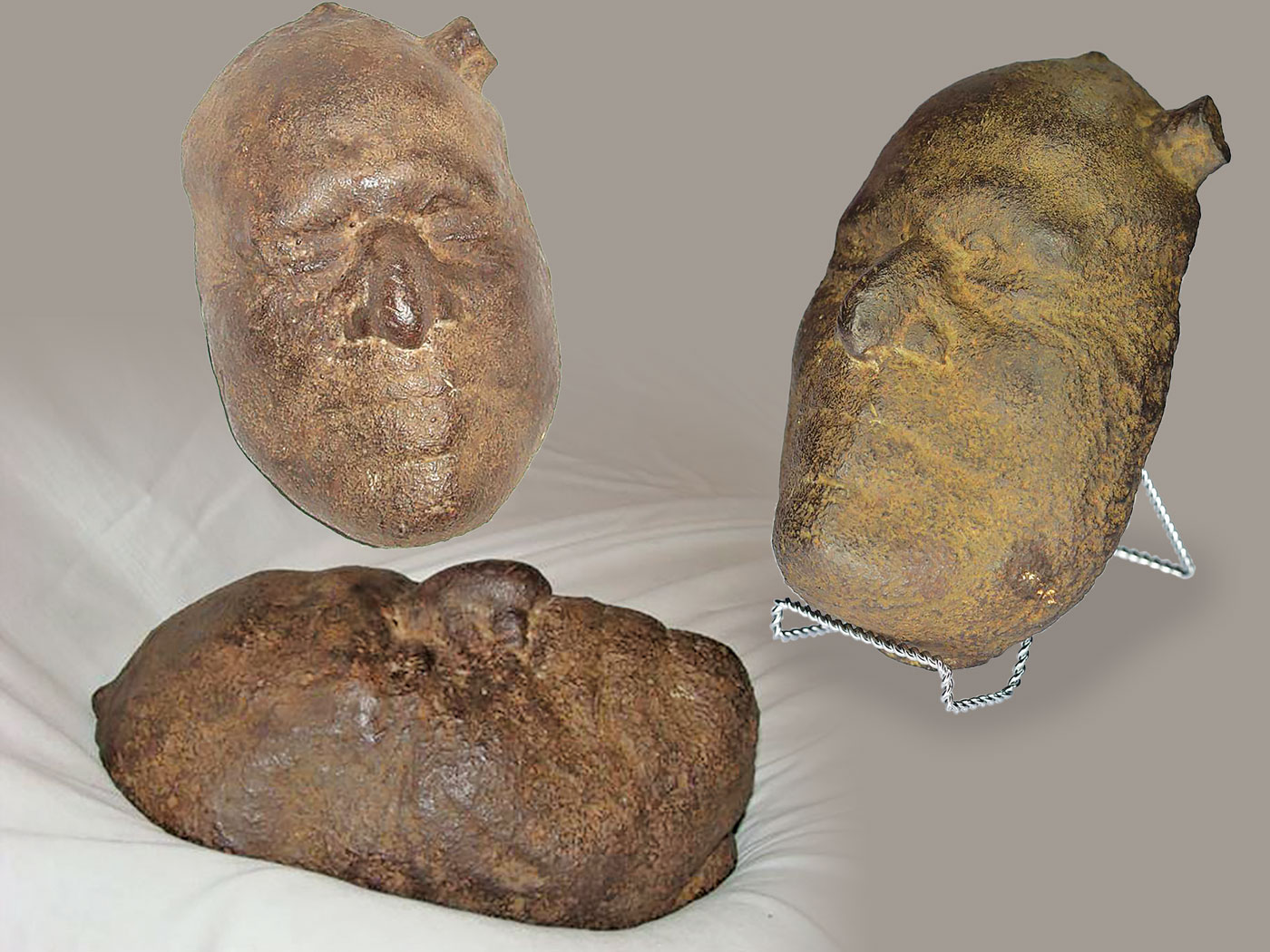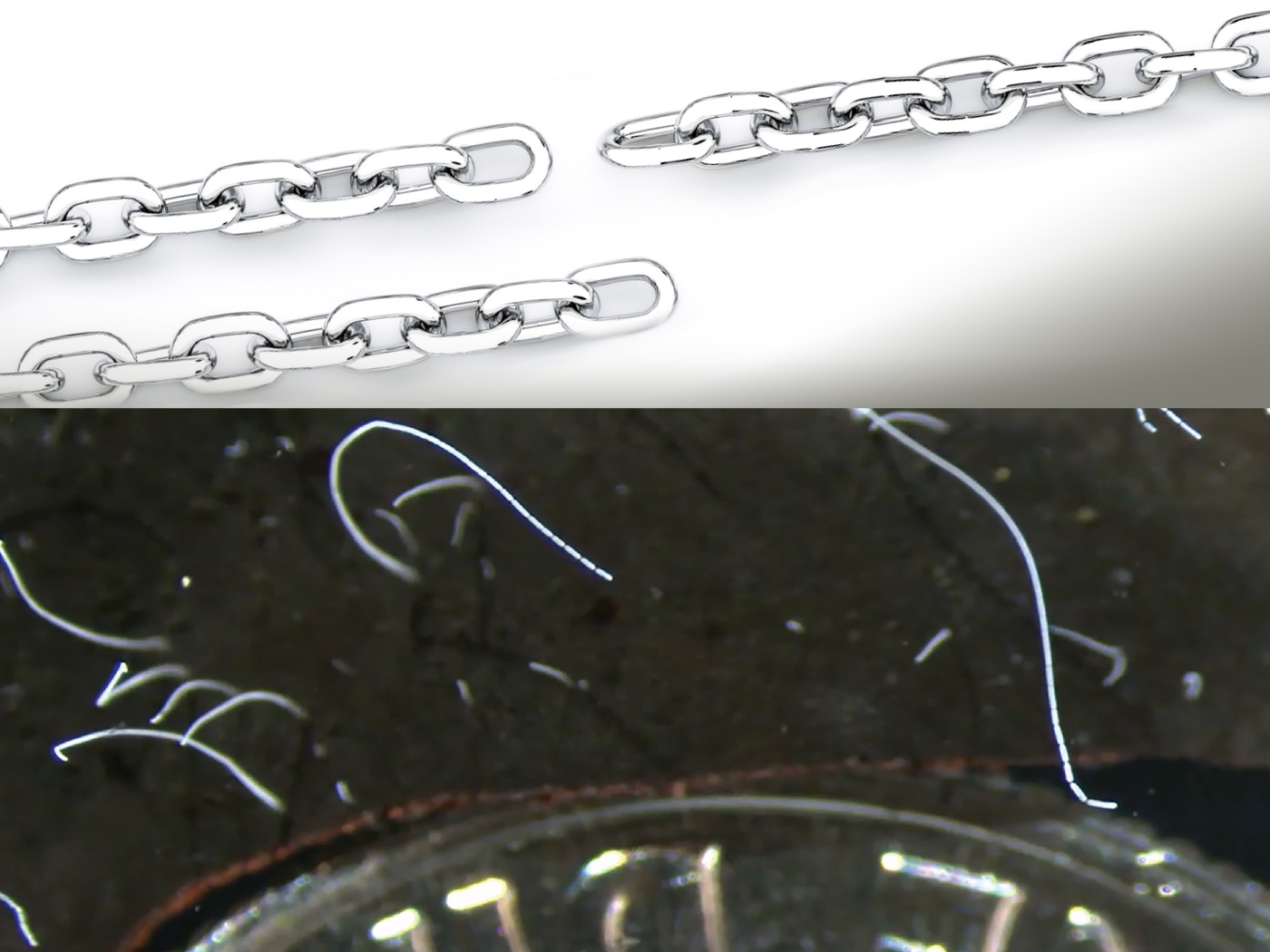The sprouting of a seed is crucial to not only the beginning of a plant’s life, but all life on earth. Despite this fundamental process of importance to plant biology, scientists are baffled over how seeds detect when there’s enough water to germinate. This mystery is now beginning to unfold and nothing less than finely tuned engineering is the clear result.
Researchers recently reported the discovery of a specialized protein in seeds that acts as a water sensor and is involved in kicking off the germination process.1 The protein is named FLOE1 and can be found dispersed throughout the seed. When the seed becomes exposed to the right amount of water to ensure proper germination, FLOE1 immediately reacts and changes its 3D shape to form a condensed globular structure. This switching process enables it to function as a water sensor that helps trigger germination.
A protein’s amino acid sequence is what enables it to suddenly change shape in response to a specified stimulus and help initiate a complex process like germination. Proteins are complex chains of specific amino acids that get their code from information stored in their corresponding genes in the plant’s DNA. Clearly, this code has little room for error and points directly to God, the divine engineer of these amazing systems.
In previous studies, scientists have primarily focused on metabolic pathways and the roles of different plant hormones in seed development and germination. Researchers had not previously examined the physical properties of proteins inside seeds because a plant seed is notoriously difficult to study in its dry state. Because shape-shifting proteins have been found to play important roles in animals, researchers began looking at such proteins in plants. Through a large project aimed at specifically identifying such proteins, they isolated FLOE1 in seeds.
Making this discovery even more remarkable is that the FLOE1 protein accumulates during embryo (seed) development with its levels in the seed peaking in the mature, desiccated (dried) state of the seed. And this type of protein is unique to plants because it undergoes a dry-to-wet transition and retains its function—something not found in shape-shifting proteins in mammals.
The FLOE1 story gets even more interesting because the protein can be found in two specified variants: a long form and a shorter version. As it turns out, the short variant acts as an initiator that recruits the larger version to clump with it. The short variant fine-tunes the clumping properties of the longer variant which is produced in greater amounts. Interestingly, both the short and long variants are encoded by the same gene. This points to precise genetic control of the gene to produce the proper amounts of each variant at the right time.
Darwinian selectionist (evolutionary) reasoning has little to offer as an explanation for this amazing engineering and precision. However, a creationist model of continuous environmental tracking (CET) where organisms are engineered with complex systems that include logic-based sensors (like FLOE1) that process and relay environmental data to produce specific and targeted responses fits the data perfectly.2 In fact, creation scientists in 2019 (Hennigan and Guliuzza) predicted what this current study has now revealed—showing the power of CET in explaining the germination of seeds in a forest ecosystem. They stated:
The Continuous Environmental Tracking (CET) hypothesis incorporates human engineering analogues and assumes that organisms have been designed with intelligently engineered systems that include sensors, logic mechanisms, and output responses. Data suggest that forest seeds are constantly monitoring and responding to changing environmental conditions. Identified seed sensors can detect conditions such as light, smoke, and temperature. These sensors are connected to biochemical pathways that are logic mechanisms affecting output responses that inform the seed to remain dormant or germinate.3
As scientists employ the power of CET in studying the amazing biology of living systems, the Creator (the Lord Jesus Christ) is properly glorified in research. And this new study in water sensor proteins in seed germination vindicates the power and accuracy of using this model as the correct approach to studying biology—a command given to us by the Lord Jesus himself.4
References
1. Dorone, Y. et al. 2021. A prion-like protein regulator of seed germination undergoes hydration-dependent phase separation. Cell. doi.org/10.1016/j.cell.2021.06.009.n>
2. Guliuzza, R. J. and P. B. Gaskill. 2018. Continuous environmental tracking: An engineering framework to understand adaptation and diversification. In Proceedings of the Eighth International Conference on Creationism. J. H. Whitmore, ed. Pittsburgh, PA: Creation Science Fellowship, 158-184.
3. Hennigan, T. and R. Guliuzza. 2019. The Continuous Environmental Tracking hypothesis—application in seed dormancy and germination in forest ecosystems. Journal of Creation. 33(2): 77-83.
4. Tomkins, J.P. and J.J.S. Johnson. 2020. The Gospels Affirm the Dominion Mandate for Research. Acts & Facts. 49 (2).
*Dr. Tomkins is Director of Research at the Institute for Creation Research and earned his doctorate in genetics from Clemson University.
Seed Water Sensor Confirms CET Design Model
The Latest
A Uniquely Designed Air-Filled Sac Within Birds’ Lungs
Soaring birds are a majestic sight to behold, especially when they undergo such climbing and endless spiraling so effortlessly. Not surprisingly, evolutionists...
Liberty and the Word of God
“And I will walk at liberty: for I seek thy precepts” (Psalm 119:45).
July 4th is called Independence Day here in our country because on...
July 2025 ICR Wallpaper
"These things I have spoken to you, that in Me you may have peace. In the world you will have tribulation; but be of good cheer, I have overcome...
Valued Longtime ICR Employee Mary Smith Retires
Mary Morris Smith, an employee of the Institute for Creation Research for many years, has retired. The second daughter of ICR founder Dr. Henry M. Morris...
Man of Science, Man of God: George Washington Carver
Who: George Washington Carver
What: Father of Modern Agriculture
When: 1864 or 1865 – January 5, 1943
Where: Diamond Grove,...
The Scopes Monkey Trial: A Battle of Worldviews
Rhea County Courthouse in Dayton, Tennessee, and its statue of William Jennings Bryan
Image credit: M. Mueller
The Scopes Monkey...
Long Non-Coding RNAs: The Unsung Heroes of the Genome
Evolutionary theory holds that all living things came about through random, natural processes. So conventional scientists believe the genome has developed...
Yosemite National Park, Part 1: Tiny Clues of a Grand Picture
Yosemite National Park in California is a sure source of stunning scenery. It’s no wonder that American naturalist John Muir persuaded President...
From Inference to Theory: A Common Design Case Study
Without a doubt, humans, chimpanzees, and other organisms share similar features. An early explanation was that these features reflect similar designs...
Creation Kids: T. rex
by Michael Stamp and Susan Windsor*
You're never too young to be a creation scientist and explore our Creator's world. Kids, discover...




















